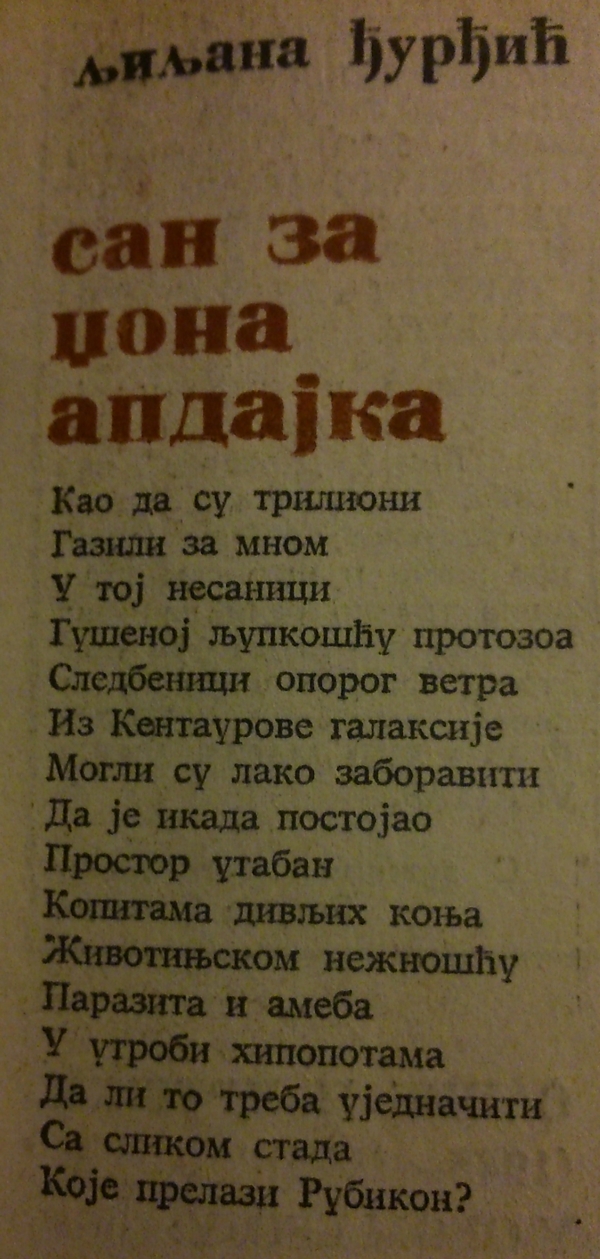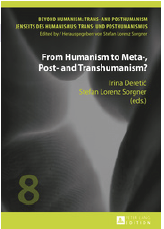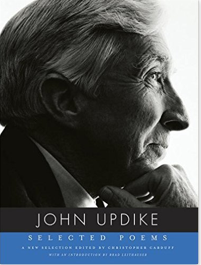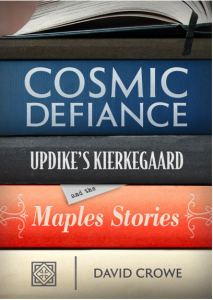In 1977, the year when Couples was translated and published in Serbian, the prominent Serbian (then Yugoslavian) woman poet Ljiljana Djurdjić wrote a poem titled “A Dream for John Updike”—obviously inspired by the novel The Centaur, which was translated in Yugoslavia in 1968.
Her poem was published in 1977 in the literary magazine Književna reč and was recently translated by Biljana Dojčinović and Milica Abramović in anticipation of the 5th Biennial John Updike Society Conference to be held June 1-5 2018 at the Faculty of Philology, University of Belgrade, in Serbia. “Another proof of John Updike’s popularity in Yugoslavia in the ’70s,” conference director Dojčinović writes. Below is the new translation and a scan of the poem as it first appeared in print, published here in translation for the first time:
Ljiljana Đurđić, 1977 Književna reč
A DREAM FOR JOHN UPDIKE
As if trillions
Had been marching behind me
In that insomnia
Suffocated by the gracefulness of protozoa
The followers of an acrid wind
From the Galaxy of The Centaur
Could have easily forgotten
That there had ever been
A space trodden by
The hoves of the wild horses
With the animal gentleness
Of parasites and amoebas
In the guts of a hippopotamus
Should we equate it with
The image of a herd
Crossing the Rubicon?
Translated by Biljana Dojčinović and Milica Abramović









